The Top Books About Dyslexia for Parents and Teachers
Whether you are a parent of a child with dyslexia, an adult who has dyslexia, a tutor or interventionist who works with children with dyslexia, or a classroom teacher who has students with dyslexia in your class, there is one thing that we all have in common. We must actively seek information and knowledge to advocate for our students (or ourselves). Although awareness is increasing, it is still necessary to be proactive, seek out resources, and learn independently.

Looking for even more support? Listen to season 3, episode 16 of the Together in Literacy Podcast: Top 5 Things Teachers and Parents Can Do if They Suspect Dyslexia!
Here are Some of the BEST Books About Dyslexia:
You’ve come to the right place if you need to fill up your summer reading list. This post contains Amazon affiliate links.
Download our printable list of the BEST Books About Dyslexia for Parents and Teachers!
1. Overcoming Dyslexia by Sally Shaywitz
No book list would be complete without the inclusion of this title. Based on the very latest scientific data through the use of functional MRIs, the book is both accessible to a layperson and informative to someone with an educational background. Some of its particular strengths are the suggestions for parent advocacy, the inclusion of stories about students that frequently slip through the cracks, and a fabulous list of red flags for dyslexia at various ages.
2. The Dyslexic Advantage: Unlocking the Hidden Potential of the Dyslexic Brain by Brock L. Eide
While much of the literature focuses on the struggles of the dyslexic learner, this is a book that examines how the brain differences at the root of reading difficulties are differences that offer people a unique perspective on the world. It is no accident that lists of “famous people with dyslexia” include some of the most creative and brilliant minds in science, art, music, and business. This book is particularly valuable for adults with dyslexia and parents of children with dyslexia who want to embrace themselves as more than their struggles.
3. The Gift of Dyslexia by Ronald David
While this book is not without controversy, its strengths lie in its ability to help the reader understand the experience of dyslexia and the explanation of the power of using a student’s visual strengths to help them with their learning challenges. As a discerning reader, I think it’s important to read about all facets of dyslexia, know the research, and make decisions from there.
4. The Dyslexia Checklist by Sandra F. Rief
This is a valuable reference book for parents and classroom teachers. Its coverage of topics such as dyslexia in high school and college, navigating the special education process, and specific intervention strategies and accommodations make this a resource that will prove a useful tool on your bookshelf for years to come.
5. Proust and the Squid: The Story and Science of the Reading Brain by Maryanne Wolf
This book is particularly relevant in our rapidly changing world. For anyone born early enough to not be a digital native or who grew up with a rotary dial phone, the rapid pace of change in how we take in information is unmistakable. Wolf examines the ability of the brain to adapt and evolve to these changes and how the act of reading is something quite new to the human brain in evolutionary terms. While most books examine the what of dyslexia or the what next, this book tackles the why. Why do some people struggle with learning to read and others don’t?
Are you an Orton-Gillingham tutor or teacher looking for a way to easily explain what Orton-Gillingham is to parents? Maybe you’re a parent who is seeking to pass along information to a classroom teacher. Grab my FREE Orton-Gillingham letter!
6. The Dyslexia Empowerment Plan: A Blueprint for Renewing Your Child’s Confidence and Love of Learning by Ben Foss
This title really is a blueprint or roadmap for parents not only to advocate for their child but to help their child learn self-advocacy skills. From busting dyslexia myths and understanding your child’s profile, specific advice about accommodations and protecting your child’s rights, to developing a community of support and understanding, this book offers guidance for the parents of anyone navigating learning differences.
7. Dyslexia Wonders: Understanding the Daily Life of a Dyslexic From a Child’s Point of View by Jennifer Smith
Most books are written about dyslexia are written by scientists or educators. Some are written by individuals who also happen to be dyslexic themselves. Looking back at their journey and their story, they see things through the eyes of an adult and frequently also as a scientist or educator. This book provides something not unique but also invaluable. This book was written by a 12-year-old child in her own voice telling her powerful story. There is no replacement for the insight we gain from such a close and recent examination of events.
8. Fish in a Tree by Linda Hunt
A bit different than most of the books on the list. This is a realistic fiction book about a middle school girl who has managed to keep her learning struggles hidden. Particularly useful for developing empathy among peers or siblings of the student with dyslexia as they understand the challenges of dyslexia. This book is a valuable tool for initiating discussion in a less personally vulnerable way.
9. Seeing What Others Cannot See: The HiddenAdvantages of Visual Thinkers and Differently Wired Brains by Thomas G.West
Published in 2017, this book takes a similar vein as The Dyslexic Advantage. West looks at how the visual thinking common to many people with dyslexia (as well as individuals with Asperger’s or other neurological differences), positions them well for success in a digital world in which the ability to see the big picture is a significant advantage. Through the use of first-person accounts, West demonstrates that the world is experienced differently by visual thinkers as compared to neurotypical people.
10. Uncovering the Logic of English by Denise Eide
Bemoaning the illogical nature of the English language has long been a source of amusement through sayings in cartoons and on coffee mugs, as well as being used to excuse a lack of explicit rule instruction as part of reading curricula. However, Eide masterfully uncovers the ordered nature of English. For teachers and parents who were intuitive readers (as many teachers were), this book makes explicit rules that they never realized they followed. It is vital to be able to understand the logic if one is to teach it to others. And Eide does that in a way that is digestible and accessible.
11. Dyslexia Explained by Nessy
This cartoon-like visual story of dyslexia is full of information presented in a concise, clear, and organized way. A parent I work with saw this book and wanted to give it to all the teachers at her child’s school. Although this book is out of print in the US, it is available for free as an e-book.
It is remarkable to think of how much we have learned in recent years and even more remarkable to think about how Dr. Samuel Orton and Anna Gillingham managed to develop instructional techniques that have stood the test of time without the benefit of functional MRIs and modern neurological research. We are fortunate to live in a time when not only has science made enormous gains in understanding dyslexia but when many talented authors have put that research into some wonderful resources. Continually learning and growing is one of a teacher’s most important jobs. For teachers and for parents who tirelessly advocate for their children, I hope these books prove helpful to you.
Looking for more books about dyslexia? Check out 10 Can’t-Miss Books About Adults with Dyslexia and Top Books for Dyslexia Advocacy and Assessment!
Are you looking for professional development that will help you better support your students with dyslexia? The Literacy Nest has a membership for that…
Building Readers for Life Academy is a monthly membership program that empowers educators AND families. It dives into structured literacy and strategies for ALL learners. With BRFL Academy, you’ll learn what it takes to help EVERY student become a reader for life.



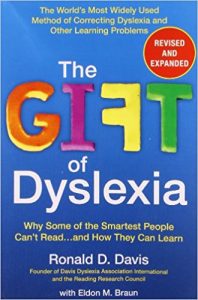
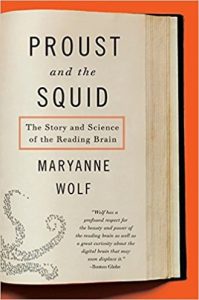
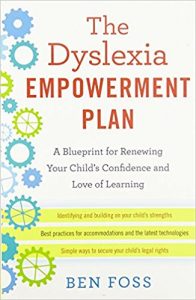
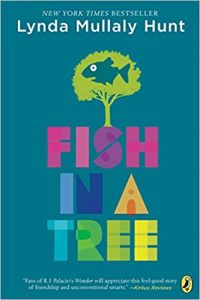
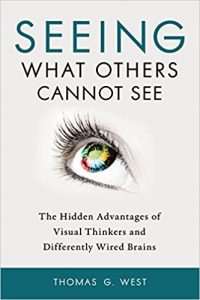
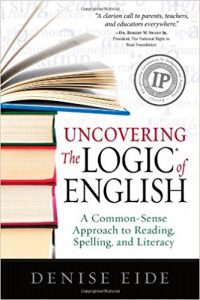
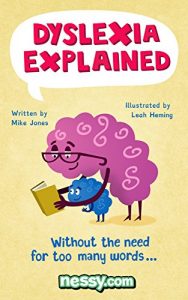
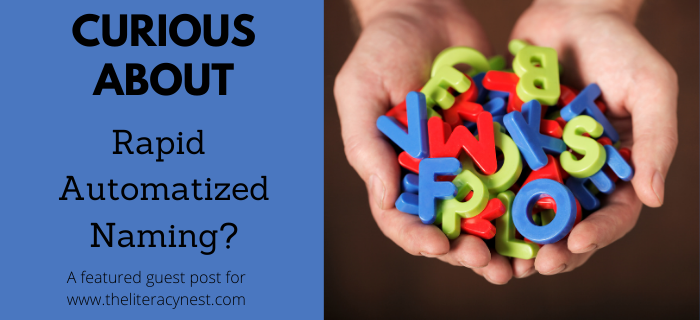
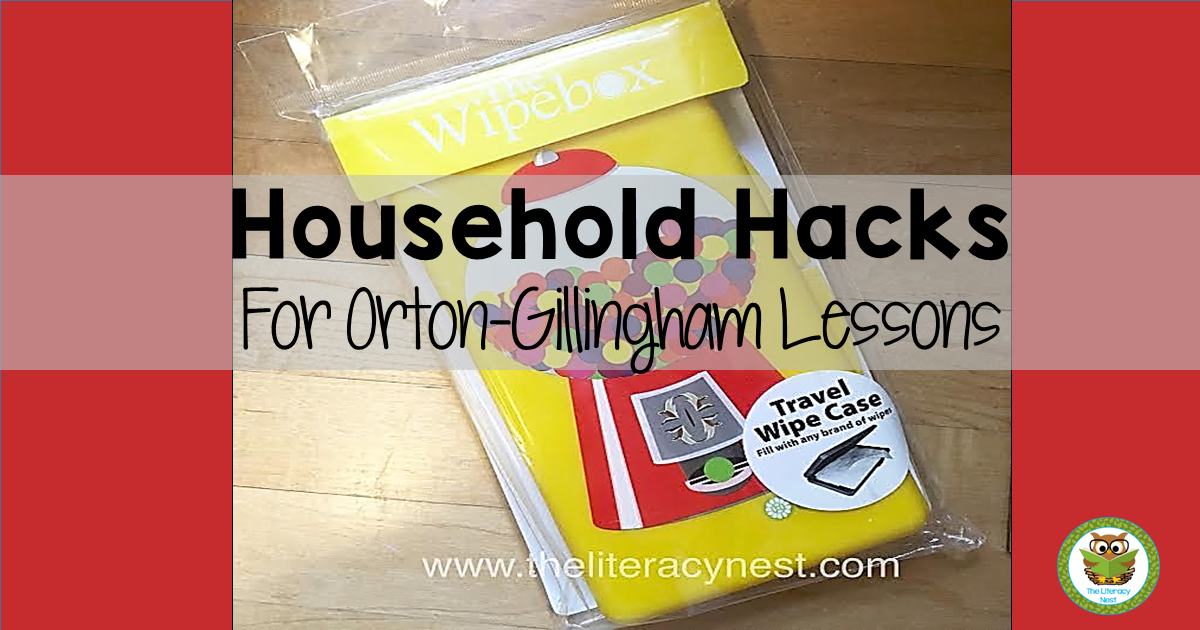
Good information. 9A0-411 dumps